So, what comes to mind when you hear the name Galileo? Genius, telescope and astronomy, perhaps?
Imagine strolling through Florence and having the chance to see the actual 450-year-old telescopes Galileo used to discover Jupiter’s moons. How about a relic containing the finger of one of our history’s most brilliant minds? Intrigued yet?
If those ideas spark your curiosity, then you’ll definitely want to include a stop at the Galileo Museum (Museo Galileo) in your Florence adventure.
Now, before you rush off to the ticket office, let’s take a moment to consider if the Galileo Museum in Florence is truly worth a visit, particularly if you’re short on time.
Having personally explored the Galileo Museum in Florence, I can attest that the experience was both enlightening and engaging. I saw everything I had hoped for and walked away with a wealth of new knowledge. That said, I have to admit that there were certain aspects of the experience that left me feeling just a little underwhelmed.
What sets the Galileo Museum in Florence apart?
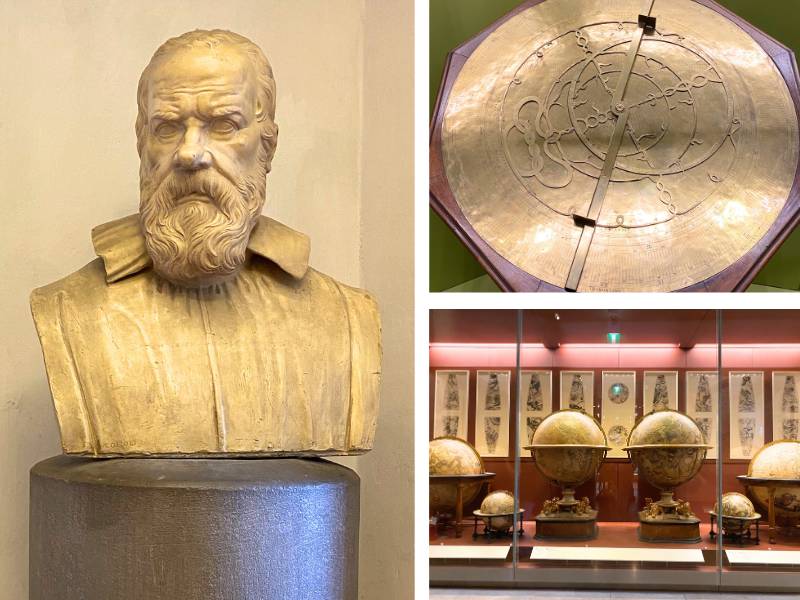
Although the Galileo Museum in Florence is on the smaller side, it has something special to offer. The museum showcases a vast collection of over 1,000 invaluable exhibits.
These incredible artifacts are scientific instruments and experimental apparatuses that once belonged to the two powerful dynasties that ruled Tuscany: the Medici and the House of Lorraine.
And there’s more! The museum also houses a fascinating relic of Galileo’s finger, two original Galilean telescopes, and the objective lens designed and constructed by the genius himself.
These ground-breaking instruments enabled Galileo to make astounding discoveries about the universe, ultimately challenging the geocentric beliefs upheld by the church and those in power for centuries.
So, as you journey through the Galileo Museum, you’ll not only be tracing the history of our understanding of the cosmos, but also witnessing the incredible story of human curiosity and innovation that flourished during the Renaissance and the Age of Enlightenment.
Where to find the Galileo Museum
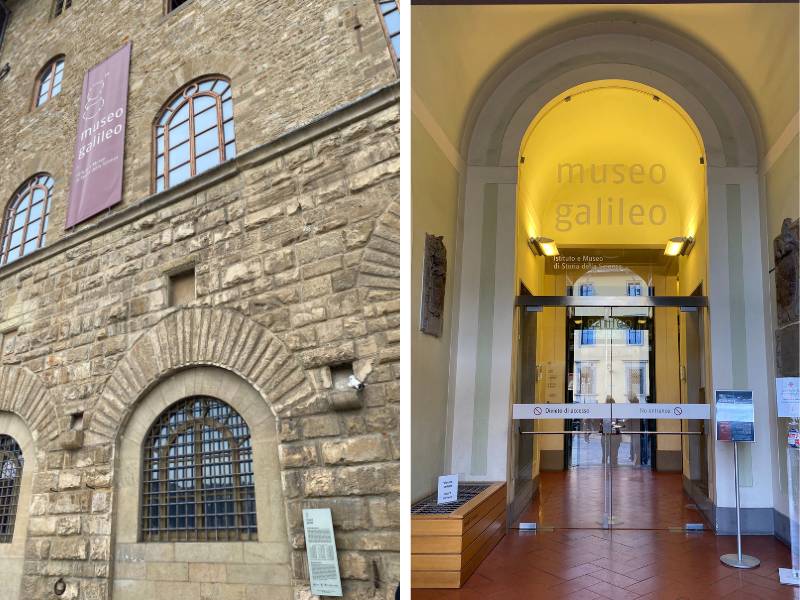
Nestled in the heart of Florence within the historic Palazzo Castellani, the Galileo Museum is an architectural treasure overlooking the picturesque River Arno. It’s conveniently located just a minute’s walk from the iconic Old Bridge (Ponte Vecchio) and a stone’s throw away from the famous Uffizi Gallery.
Interestingly, the Galileo Museum in Florence feels more like a research center than a traditional museum, providing a quiet and contemplative environment to explore at your own pace.
And with fewer crowds than other popular museums in Florence, you won’t have to contend with long lines or wait times. When I visited in November, I was pleasantly surprised to find no lines at all!
The admission fee is €10 for adults, and children under 6 can enter for free. The museum is open daily from 9:30 am to 6 pm, except for Tuesdays when it’s open from 9:30 am to 1 pm. The museum spans two storeys, and features 18 rooms filled with fascinating exhibits.
You’ll even find a free locker service for stowing away your bags, and the modern and clean facilities are well-maintained, complete with an elevator for accessibility.
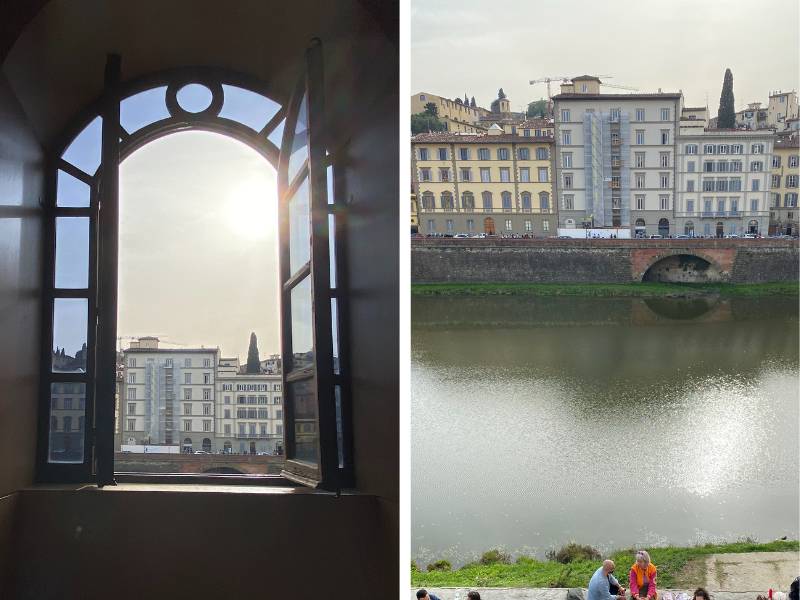
Why is the museum named after Galileo?
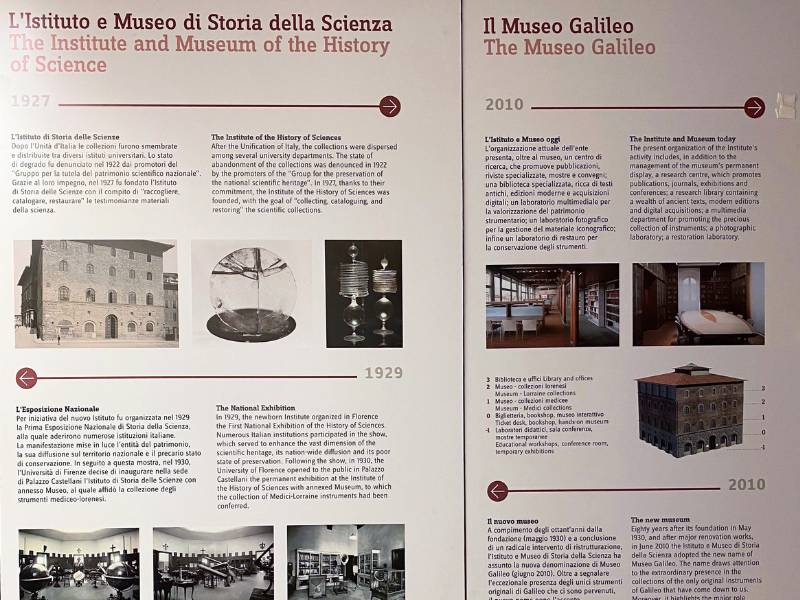
While exploring the Galileo Museum in Florence, I wondered why it wasn’t named the History of Science Museum instead. Clearly, I wasn’t the only one with this question, as many visitors have shared similar thoughts online.
It’s a valid question, especially considering that only one of the museum’s 18 rooms is dedicated to Galileo’s instruments and his preserved finger.
The remaining rooms are filled with interesting artifacts from various scientists spanning from the 16th to the 19th century. You’ll find everything from celestial and terrestrial globes to old world maps, microscopes, measuring tools, electrical machines and anatomical models.
But why is the museum named after Galileo? After a little digging into the museum’s history, I discovered that these incredible collections were first handed to the University of Florence in 1925, and then to the History of Science Museum in Florence for better preservation.
Curiously, the museum’s name was changed to the Galileo Museum in 2010, but the reason behind this decision remained a mystery. Perhaps it was a marketing tactic to appeal to a wider audience? We may never know!
Maximize your visit with the free app – digital guide
With over 1,000 scientific instruments on display, navigating the exhibits at the Galileo Museum in Florence can be overwhelming. Luckily, the museum offers a free guide app to help you make the most of your visit.
While it took me a few tries to get their app working, once I had it up and running, I really appreciated the wealth of information and the digital map provided.
Just remember to bring your own earbuds or rent one at the ticket counter for €0.5.
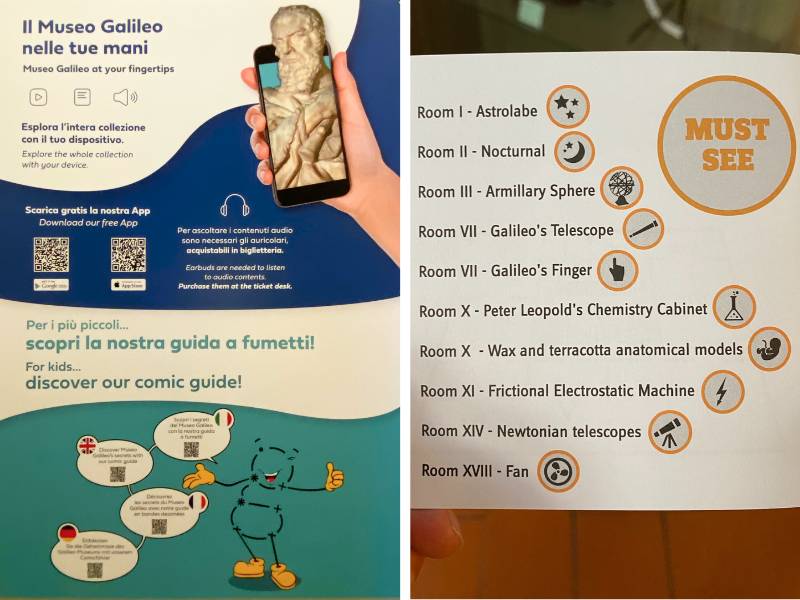
Top highlights at the Galileo Museum in Florence you should check out
When you arrive at the Galileo Museum, be sure to pick up the handy leaflet provided at the ticket office. It contains a guide to the museum’s 10 must-see exhibits, and following it is like embarking on a treasure hunt.
During my visit, I spent a total of 2.5 hours exploring the exhibits and watching explanatory videos in all 18 rooms.
While the entire interactive exhibit room was closed, I didn’t feel like I missed out, especially considering the mixed reviews it received online. However, there were six exhibits that stood out to me and captured my attention the most:
Antonio Santucci’s armillary sphere
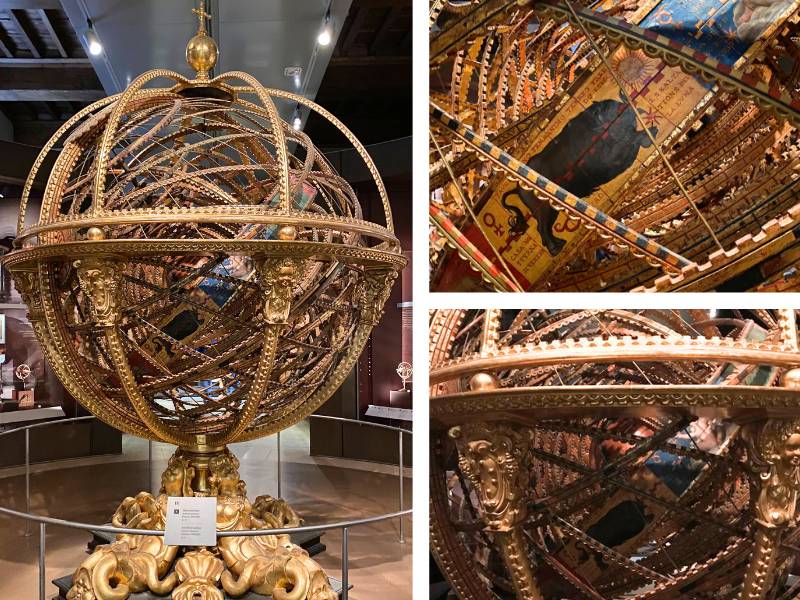
When you enter Room 3 on the first floor, be sure to take a moment to appreciate the massive golden armillary sphere that greets you. This intricate piece took five years to construct with its multiple concentric rings during the 16th century.
The sphere was designed to represent the Ptolemaic system, which placed Earth at the center of the universe.
While this geocentric model may seem absurd to us now, it was a widely accepted belief before Galileo debunked it and proved Copernican theory right.
Make sure to admire the artistic paintings around the sphere, including the depiction of God watching over Earth from the top. This exhibit is truly a testament to the incredible craftsmanship and scientific beliefs of its time.
Two of Galileo’s original telescopes
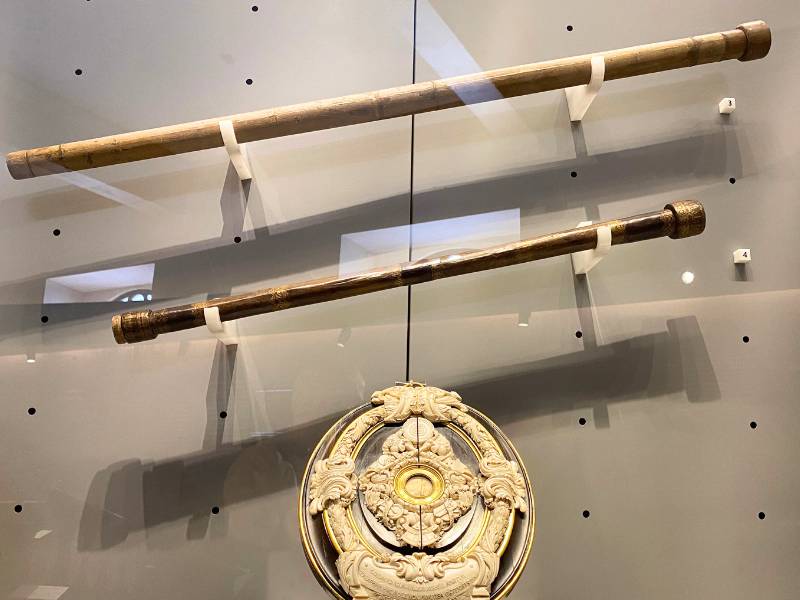
Galileo’s contributions to astronomy are well-known, but many people don’t realize that he didn’t actually invent the telescope.
He did, however, improve its design significantly, allowing for greater magnification and clearer images. In fact, he was the first to use the telescope for astronomical observations and helped popularize it as an astronomical tool.
Now you can view the two 450-year-old telescopes that he used for his ground-breaking discoveries (described below) in Room 7, which is dedicated to his works:
• The Moon’s mountains and valleys and the Sun’s dark spots, which challenged the belief that celestial bodies were perfect spheres.
• Venus orbiting the Sun and Jupiter’s four moons (known as the Galilean moons), providing evidence against the geocentric model.
• The Milky Way consisting of countless individual stars, leading to a better understanding of our galaxy.
Just imagine the shock these observations caused in Galileo’s time, as society clung to the church-supported geocentric model.
Galileo’s finger
Did you know that almost 100 years after Galileo’s death, three of his right-hand fingers were removed by his admirers during his reburial in 1737?
You can see this unique relic- his right-hand middle finger- on display in Room 7 of the Galileo Museum in Florence, preserved in a glass jar with golden adornments.
What struck me the most about the finger was its length. I couldn’t help but wonder if choosing to display his middle finger was a symbolic gesture. The museum explains that the finger symbolizes the celebration of Galileo as a champion and martyr in the realm of science.
But I prefer the idea that it’s as if Galileo was saying a bold “F-word” to the church and authorities who accused him of heresy. After all, they placed him under house arrest for the rest of his life, simply because he challenged their long-held geocentric beliefs.
It’s hard to believe that it took over 350 years for the church to formally and publicly admit Galileo was right. In 1992, the Vatican finally issued a long-awaited apology to Galileo, who is now buried in the church of Santa Croce in Florence.
While gazing at the finger, I felt a sudden connection to Galileo’s spirit of curiosity, inquiry and perseverance. It’s a powerful reminder that just because everyone agrees on something, it doesn’t make it true.
A replica of Galileo’s brachistochrone model
Galileo wasn’t just into astronomy. He also dabbled in physics problems, like the famous brachistochrone problem. That’s all about figuring out the curve shape that would allow an object to move between two points in the shortest possible time.
Galileo was the first to study this problem and found out that the answer wasn’t a straight line, but a cycloid—a curve made by a point on the circumference of a rolling circle. This discovery contributed to the study of motion and the development of calculus.
In Room 7, you’ll find an 18th-century replica of the model showing Galileo’s solution to the brachistochrone problem. There’s an explanatory video available both on-site and in the app.
Honestly, even though physics isn’t really my thing, I’d be thrilled to give the experiment a go if they’d let me toss those metal balls on the tracks just to see Galileo’s solution in action.
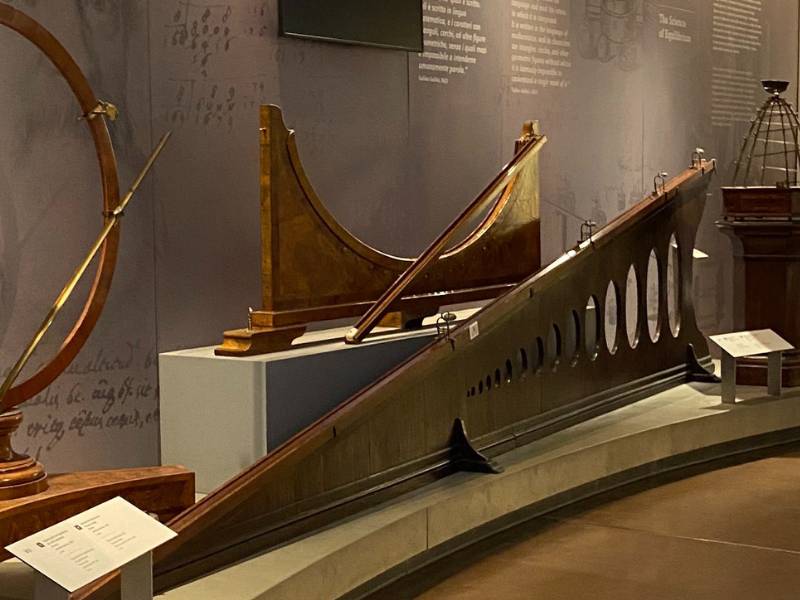
A replica of Galileo’s inclined plane model
Right in front of Galileo’s brachistochrone model, you’ll find a 19th-century replica of his inclined plane model, which showcases an experiment Galileo conducted while studying the motion of falling objects.
Thanks to this experiment, Galileo developed the law of free falling, and was the first to suggest that objects of different masses, dropped from the same height will fall to the ground at the same time, disregarding air resistance.
Unfortunately, just like with the brachistochrone model, it would be a lot more fun if they’d let us roll different-sized balls on a replica. That would definitely spice things up a bit!
Wax and terracotta anatomical models from the 18th century
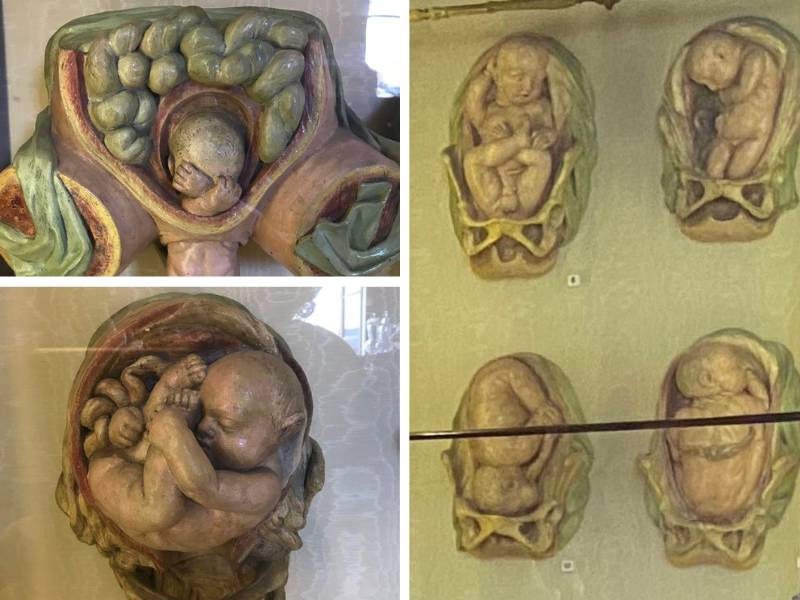
In Room 10 on the second floor, there’s an unexpected surprise. I was taken aback by the lifelike wax obstetrical models, featuring fetuses nestled inside wombs. The level of artistry and realism in these models is truly impressive.
As it turns out, these models were used as teaching tools for medical students, surgery students and researchers back in the 18th century.
They were essential for understanding the complexities of the human body, especially during a time when the supply of human corpses couldn’t keep up with the rapidly growing demand from medical schools.
This shortage was primarily attributed to the prevailing belief that dissecting a person’s corpse was extremely dishonorable, leaving their remains unrecognizable and without a proper burial. As a result, the primary source for human corpses came from the bodies of executed criminals.
Is it worth spending €10 to visit the Galileo Museum?
It really comes down to what you expect to see and learn during your time at the museum.
As for me, I went to the Galileo Museum in Florence with one objective in mind: to see Galileo’s finger. But to my surprise, it ended up being an awe-inspiring journey that exceeded my expectations.
Witnessing the original telescopes used by Galileo over 400 years ago to prove the heliocentric model of the solar system was truly an incredible experience. Imagine the courage it took for him to question established beliefs and challenge authority of his time!
I was taken aback to learn that Galileo’s work in physics and laws of motion set the groundwork for the later advancements in classical mechanics by another big name in science, Isaac Newton.
What’s more, it was fascinating to discover that Galileo’s innovations in telescope technology led to the development of better lens-making techniques and optics, inspiring scientists to create microscopes, and paving the way for today’s sophisticated instruments used in medical surgery and laboratory research.
The impact of Galileo’s discoveries, inventions and his scientific inquiry on modern science is immeasurable. It has significantly contributed to shaping our understanding of the Universe and the natural world, and I was left speechless when I realized the magnitude of his contributions.
To me, the journey to the museum was worth the cost, but I must admit that not all these fascinating things I learned about Galileo came from the museum alone. This left me feeling a bit disappointed in their storytelling approach.
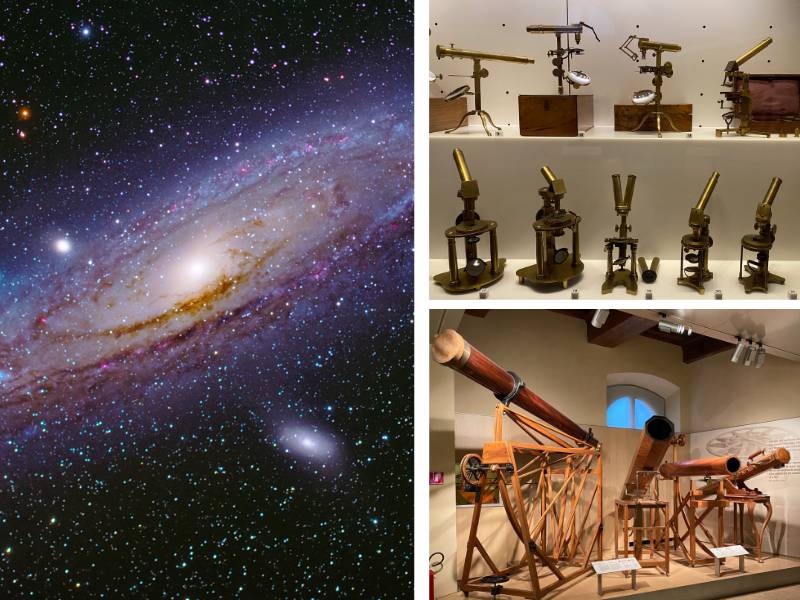
My disappointments with the Galileo Museum in Florence
During my visit, I wanted to connect the dots and understand the links between Galileo’s instruments and those of other scientists.
Unfortunately, the museum and their app didn’t provide a clear answer, and I found myself turning to Google to fill in the gaps while exploring the exhibits.
Additionally, I was hoping to learn more about Galileo’s life, his family background and his journey into the world of science. However, the museum didn’t offer much information on these topics.
As for the artifacts’ presentation, they were densely displayed in glass cases with sequential numbers, similar to an art museum.
Each case featured lengthy description boards with basic information about the objects, but no explanation of their usage. You need to rely on their app for more information, which could be problematic if you have trouble accessing it on your phone.
As someone who was always curious about how the instruments worked, I was disappointed that there were no interactive displays alongside the exhibits for a hands-on experience.
To make the experience more engaging, the museum could display fewer similar artifacts and make room for interactive replicas that visitors can use.
Just imagine having the opportunity to drop metal balls to test Galileo’s laws of motion, exploring the Moon’s surface using replicas of Galileo’s telescopes or learning how to create a simple Galilean telescope. It’s like taking a trip to the past and experiencing scientific history first-hand!
These interactive experiences could elevate the Museo Galileo adventure to a whole new level, making it more engaging and educational for visitors of all ages. Not only would it provide a hands-on approach to learning about Galileo’s discoveries and inventions, but it could also spark curiosity and inspire visitors to delve deeper into the subject.
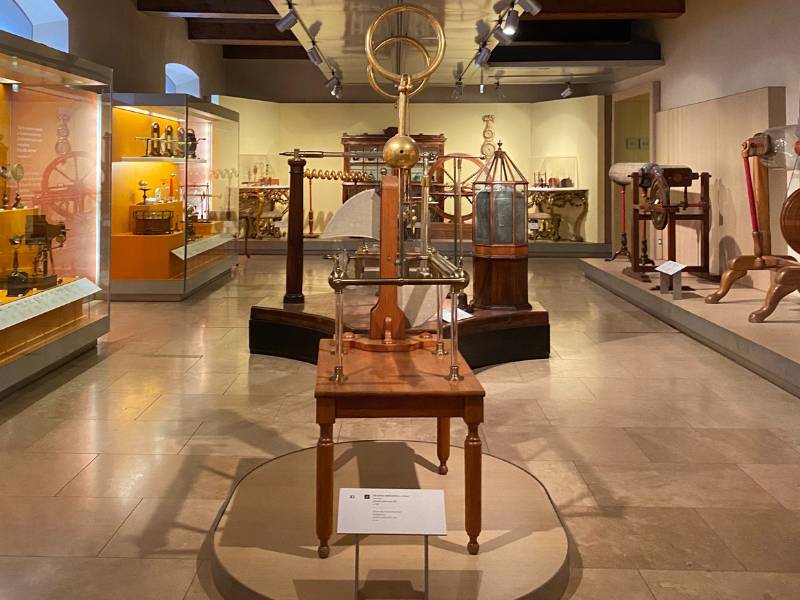
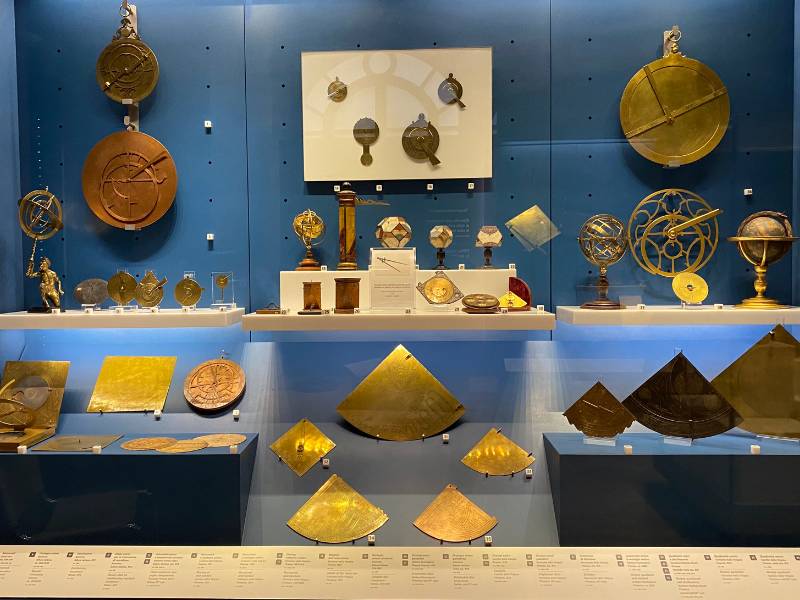
A heads-up for those traveling with young children
If you’re visiting Florence with young kids and have a tight schedule, the Galileo Museum in Florence might not be the most suitable destination for you or your little ones. With hardly any interactive displays to keep them entertained, it can be a challenge.
During my visit, I witnessed a father trying to keep his 7-year-old boy engaged with the exhibits, but it just wasn’t working.
While there are explanatory videos for instruments, they might be too complex for those without a strong background in science or astronomy, let alone for young children (prodigies excluded).
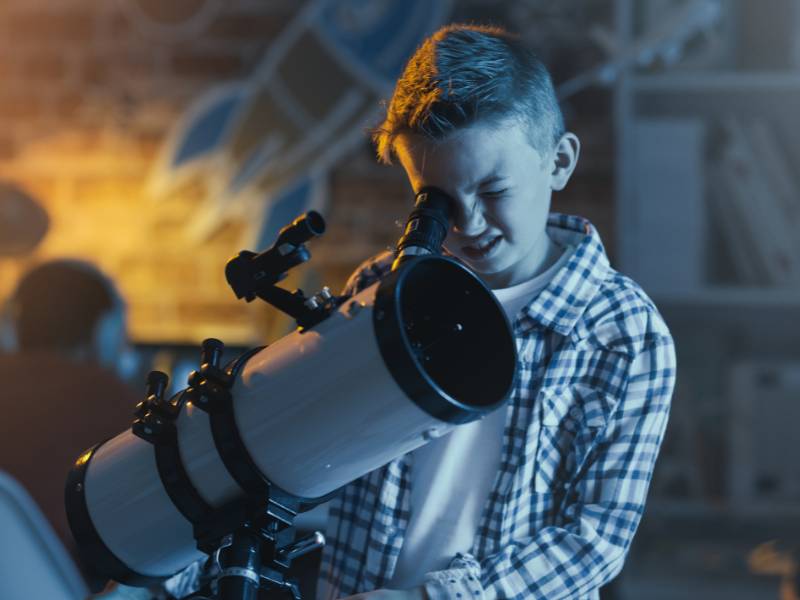
A friendly reminder for science nerds prior to their visit
You might think the Museo Galileo would be a paradise for science enthusiasts, but think again.
Don’t get me wrong, the items on display are awe-inspiring: celestial and terrestrial globes, telescopes (including Galileo’s!), intriguing old maps and a planetary clock with an intricate mechanism. Plus, their free app is packed with informative videos.
However, keep in mind that this is a history of science museum, rather than a traditional science museum. Aside from visually appreciating these incredible collections, there is little opportunity for interaction.
This lack of hands-on experience feels a bit contradictory to the father of modern science, Galileo’s spirit, which emphasized understanding the world through a combination of empirical observation and rigorous experimental testing.
Conclusion
If you are a history enthusiast with a passion for the evolution of scientific instruments in fields like astronomy, cartography, physics, biology and chemistry, or if you share my curiosity for peculiar artifacts, such as Galileo’s finger – a relic reminiscent of a genius’s – then the Galileo Museum in Florence is a must-visit destination.
To make the most of your visit, I recommend briefing yourself on Galileo’s discoveries, inventions and contributions to modern science before you go. This will help you understand the significance of the artifacts on display and appreciate their historical and scientific value.
Moreover, the museum’s guide app can be incredibly useful in navigating the exhibits and providing additional information. It’s like having your personal tour guide, right in your pocket!
The Galileo Museum may not be as well-known as the Accademia Gallery, where people flock to see Michelangelo’s David, but it offers you an inspiring journey through the history of science that’s worth your time. So, why not give it a chance?

binance
Tuesday 23rd of December 2025
Your point of view caught my eye and was very interesting. Thanks. I have a question for you.
Zane509
Monday 22nd of December 2025
https://shorturl.fm/u89BK
binance Register
Tuesday 9th of December 2025
Your point of view caught my eye and was very interesting. Thanks. I have a question for you. https://www.binance.com/register?ref=IHJUI7TF
create a binance account
Tuesday 9th of December 2025
Thanks for sharing. I read many of your blog posts, cool, your blog is very good. https://www.binance.com/sl/register?ref=I3OM7SCZ
binance
Tuesday 2nd of December 2025
Can you be more specific about the content of your article? After reading it, I still have some doubts. Hope you can help me.